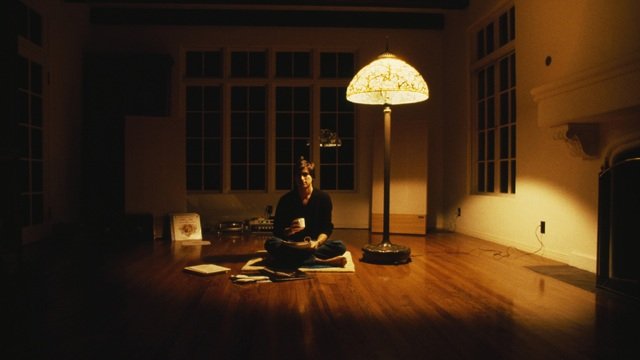Jobs, in an interview with Rob Walker (2003 New York Times Magazine profile on the creation of the iPod), said:
“Most people make the mistake of thinking design is what it looks like. People think it’s this veneer — that the designers are handed this box and told, ‘Make it look good!’ That’s not what we think design is. It’s not just what it looks like and feels like. Design is how it works.” – Steve Jobs

One thought on “Steve Job’s Definition of Design”